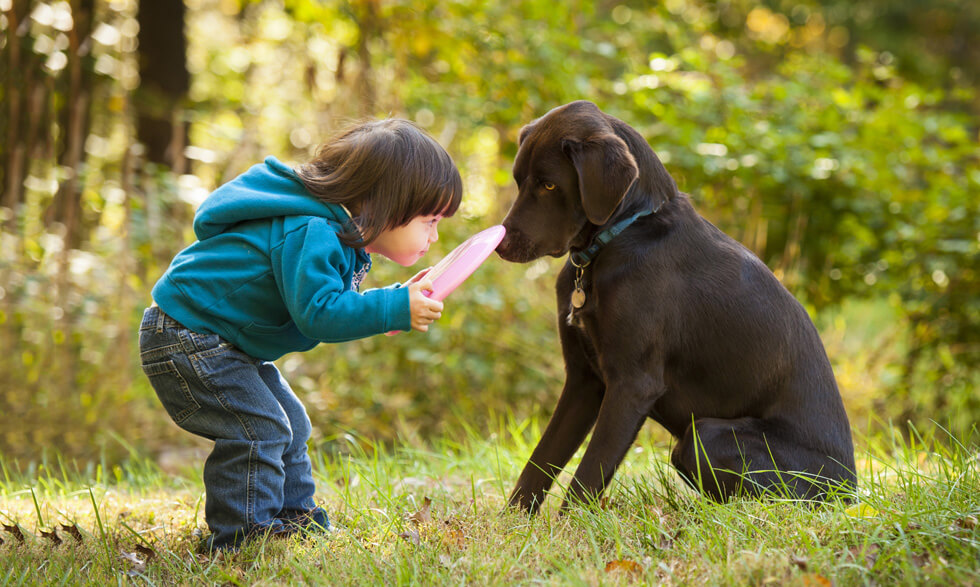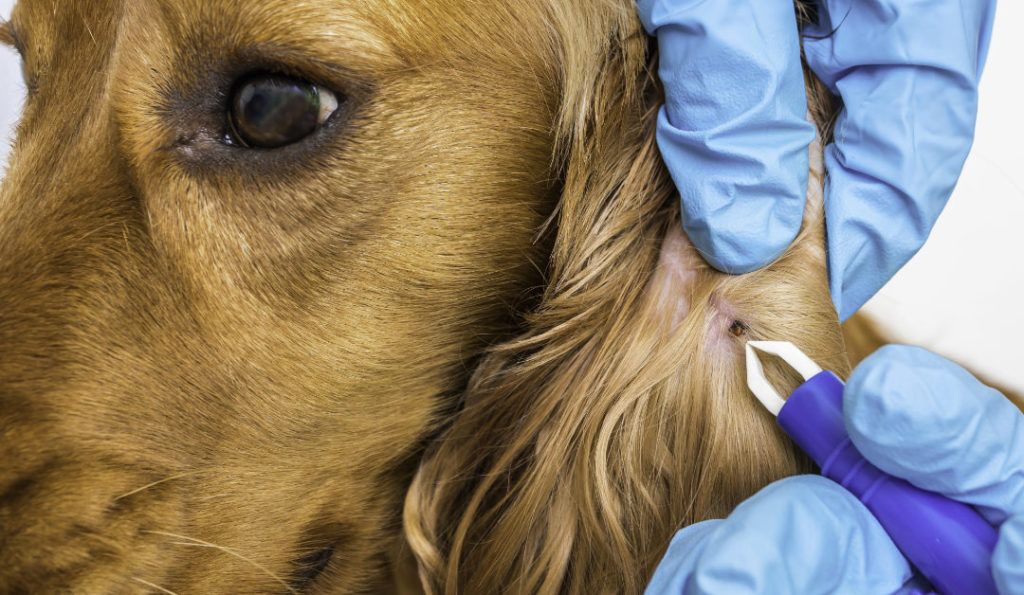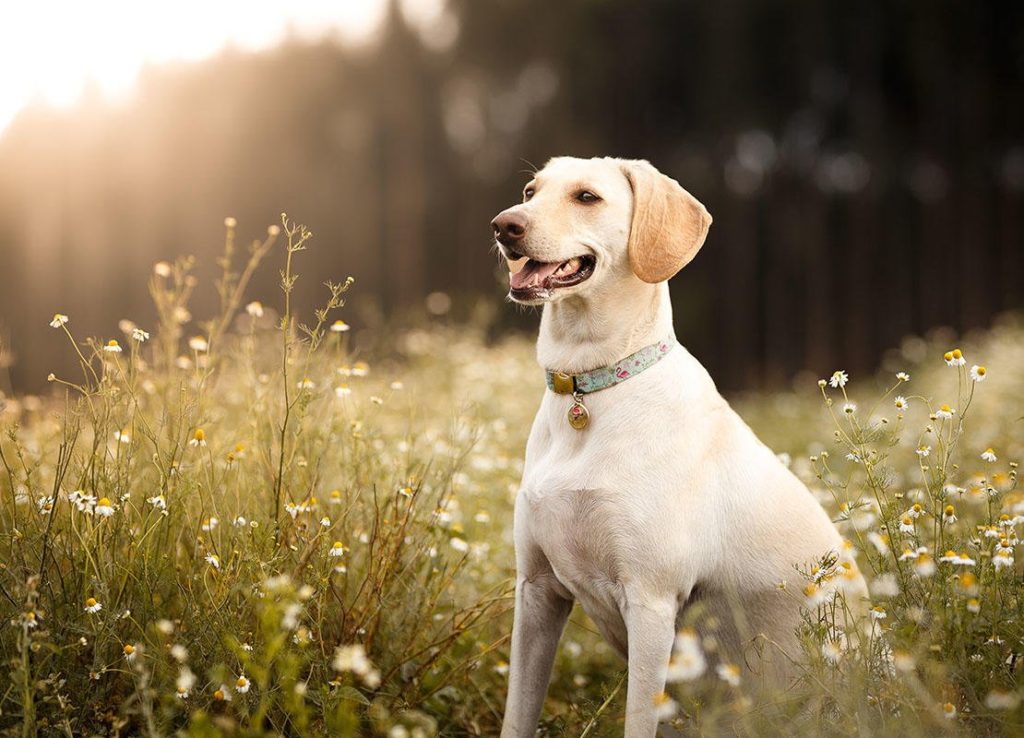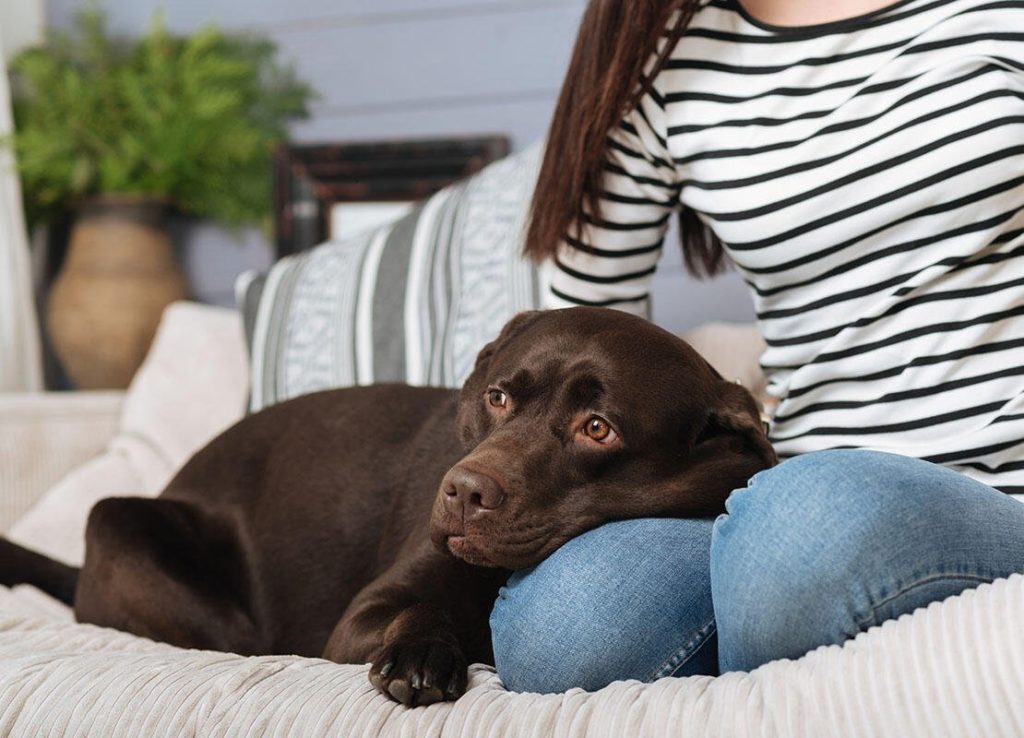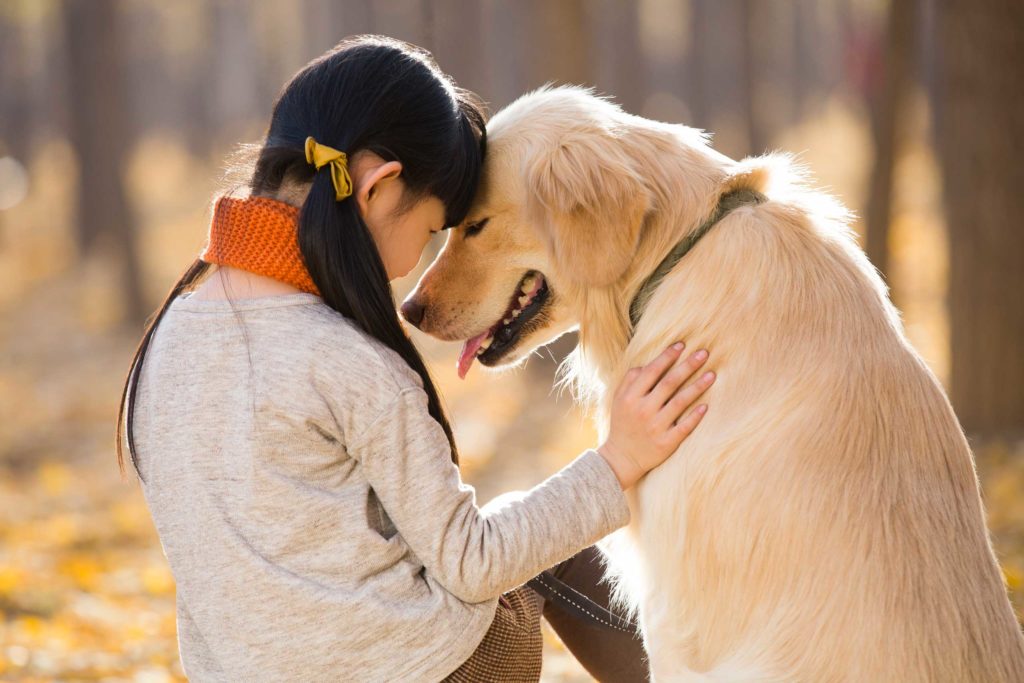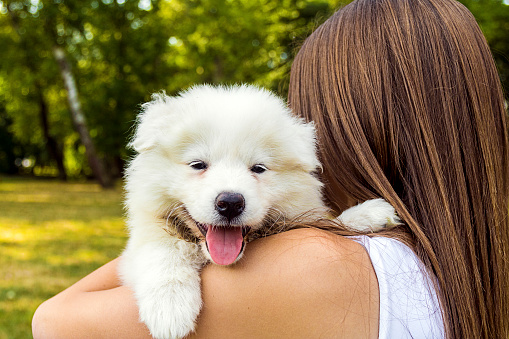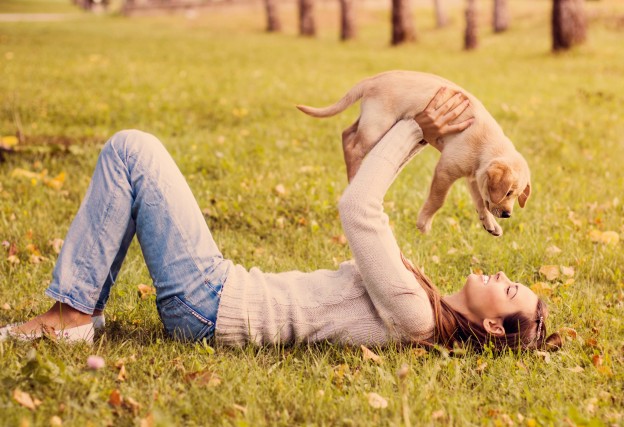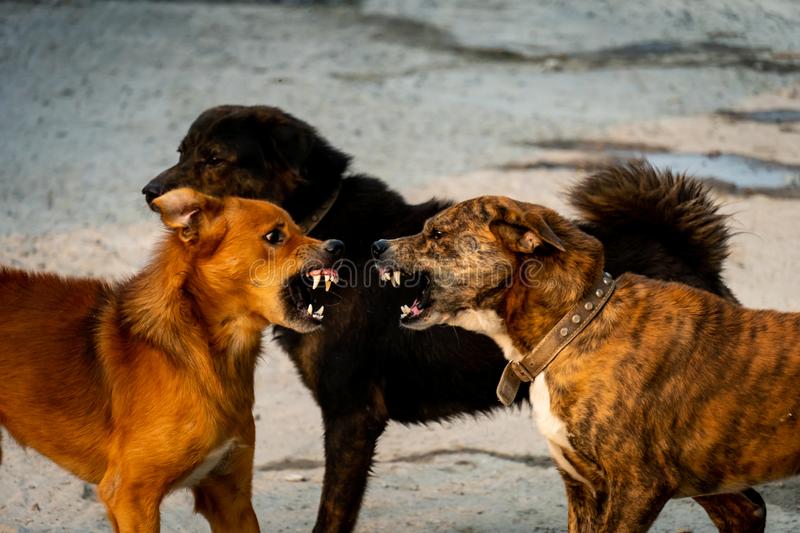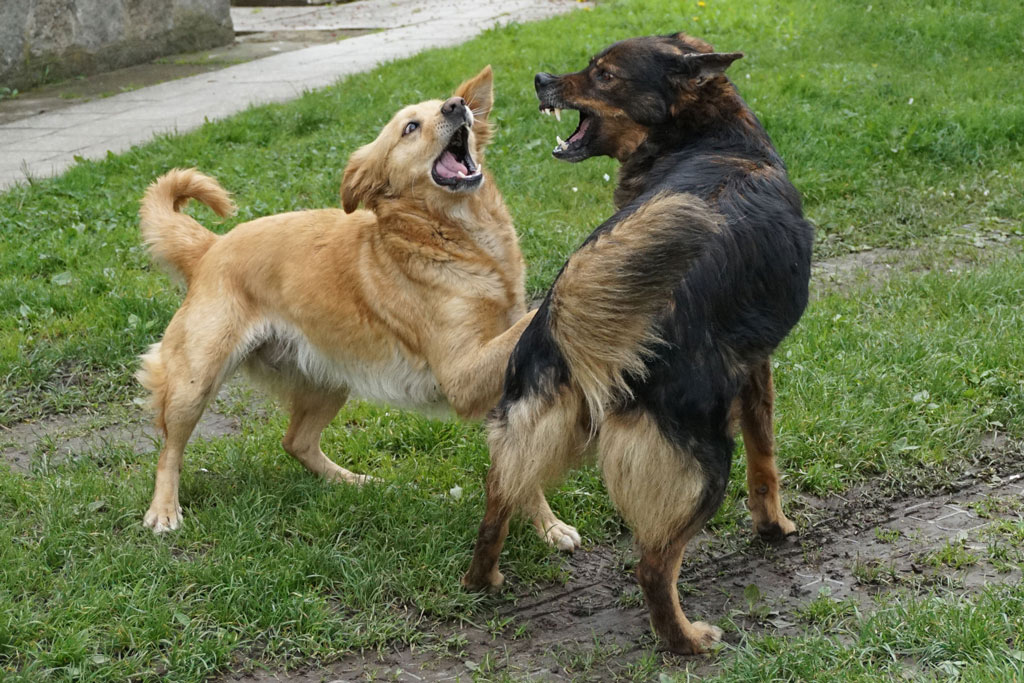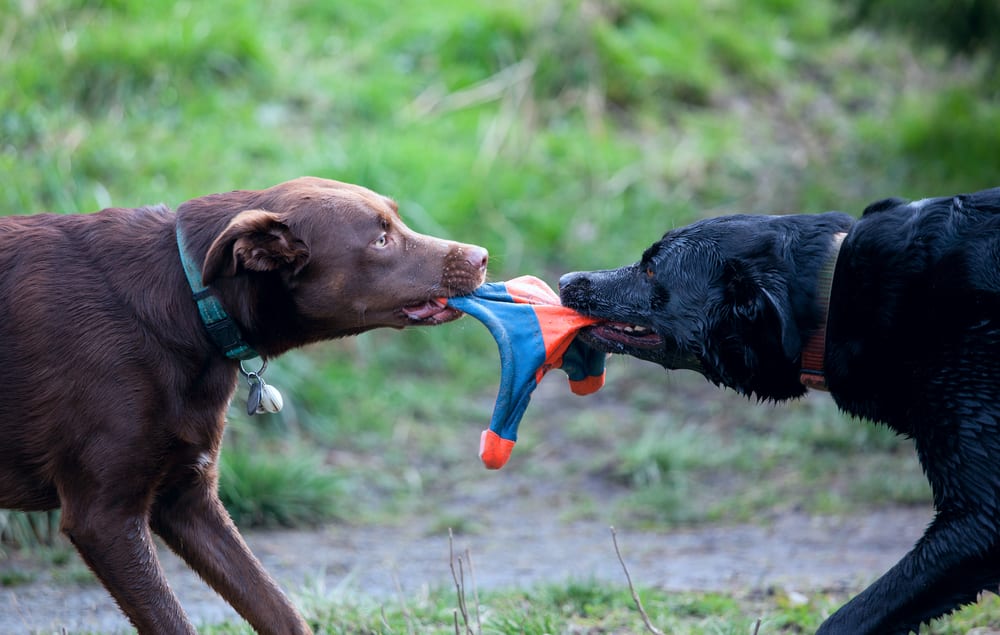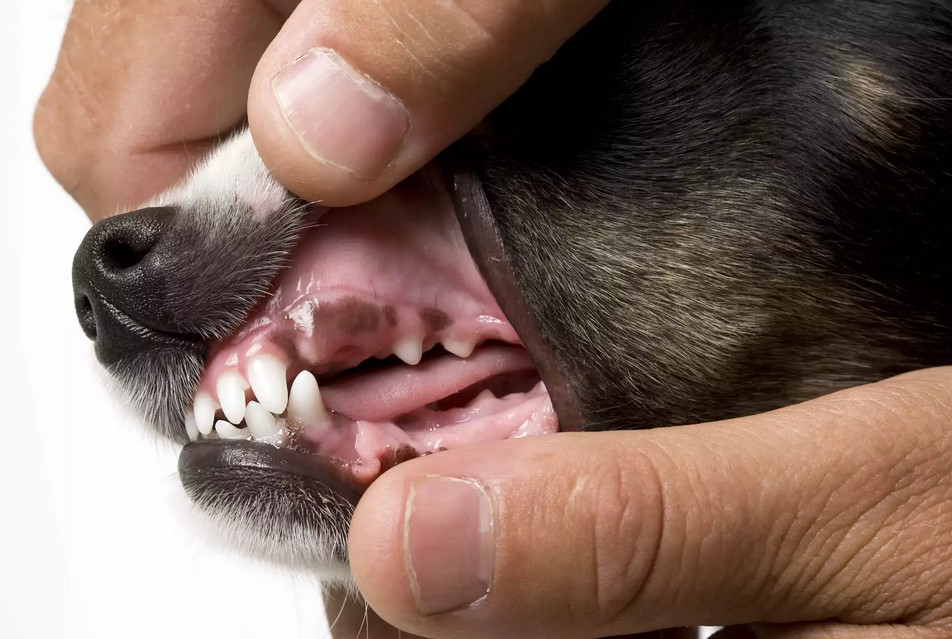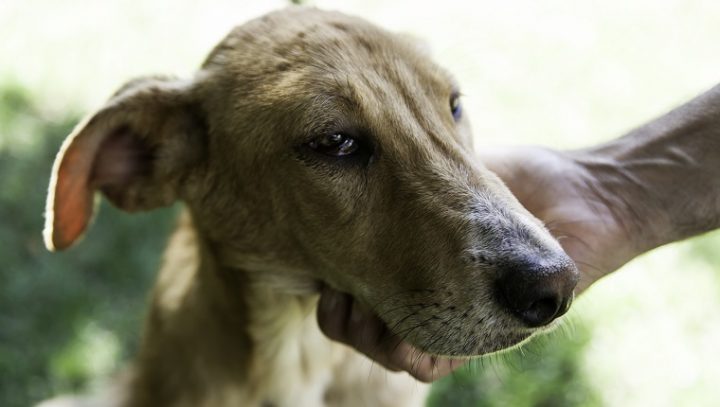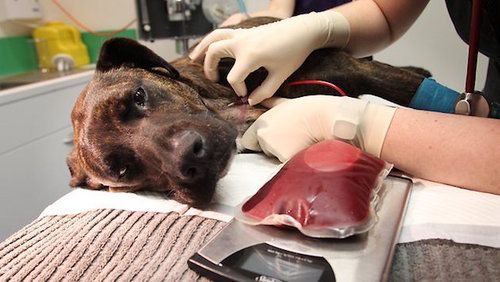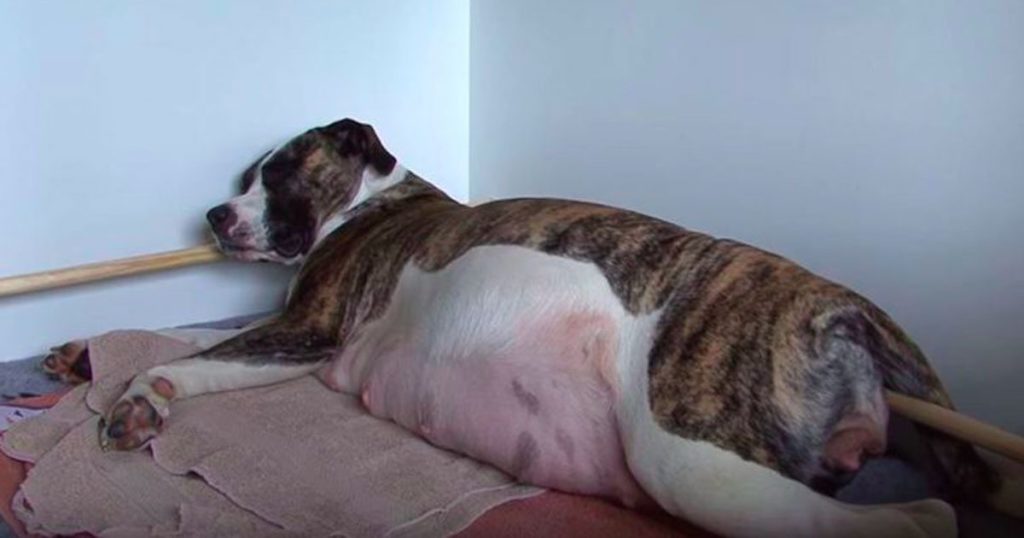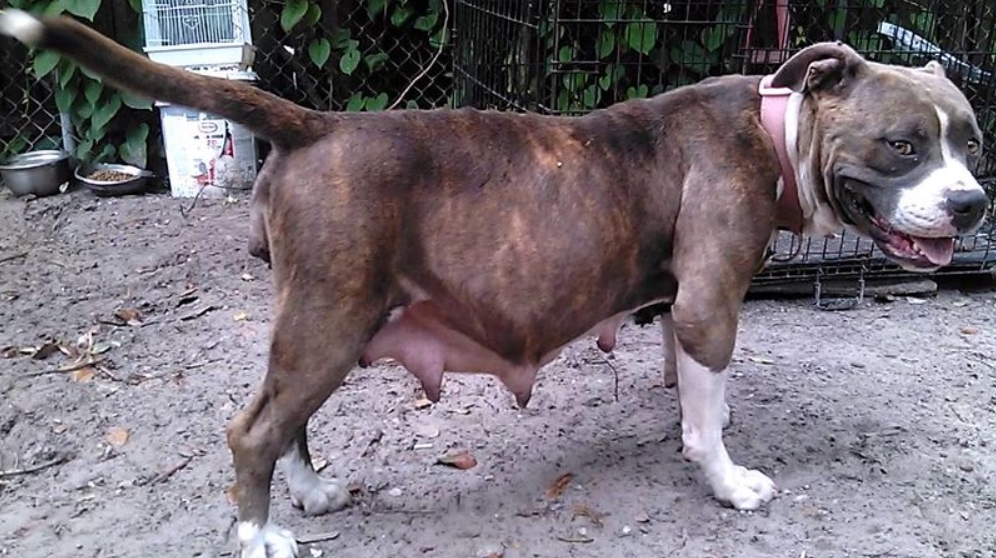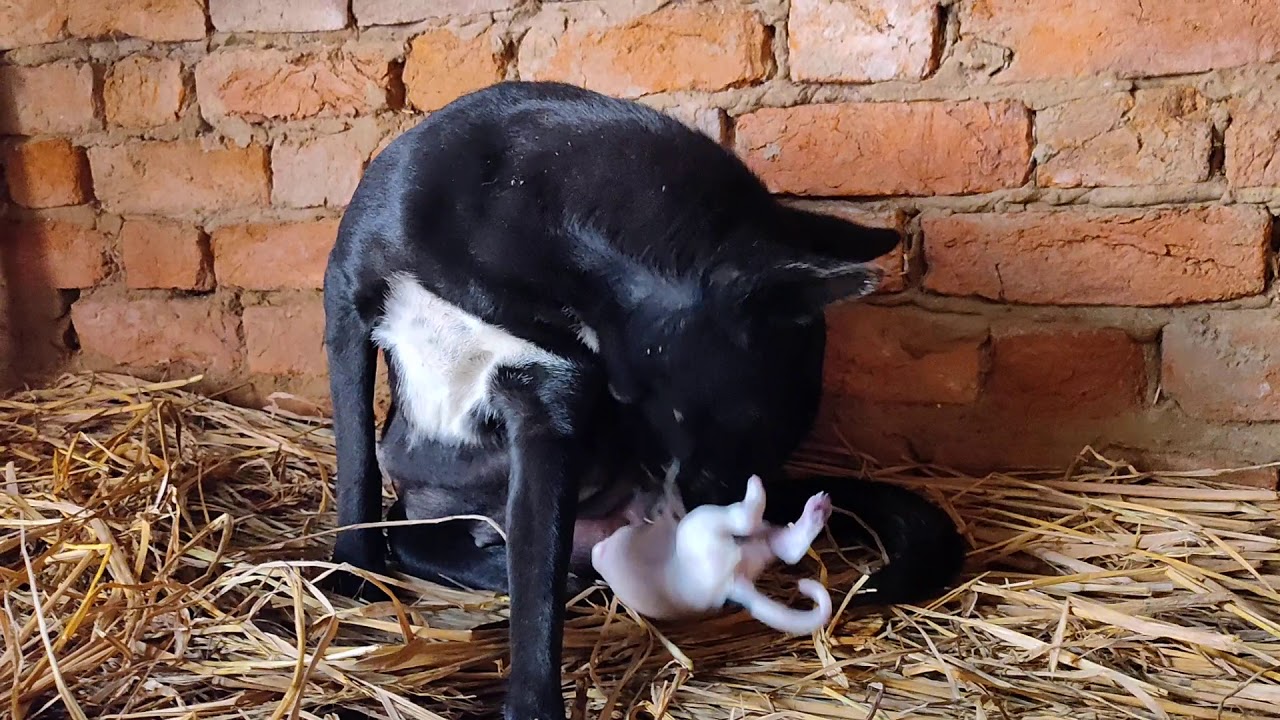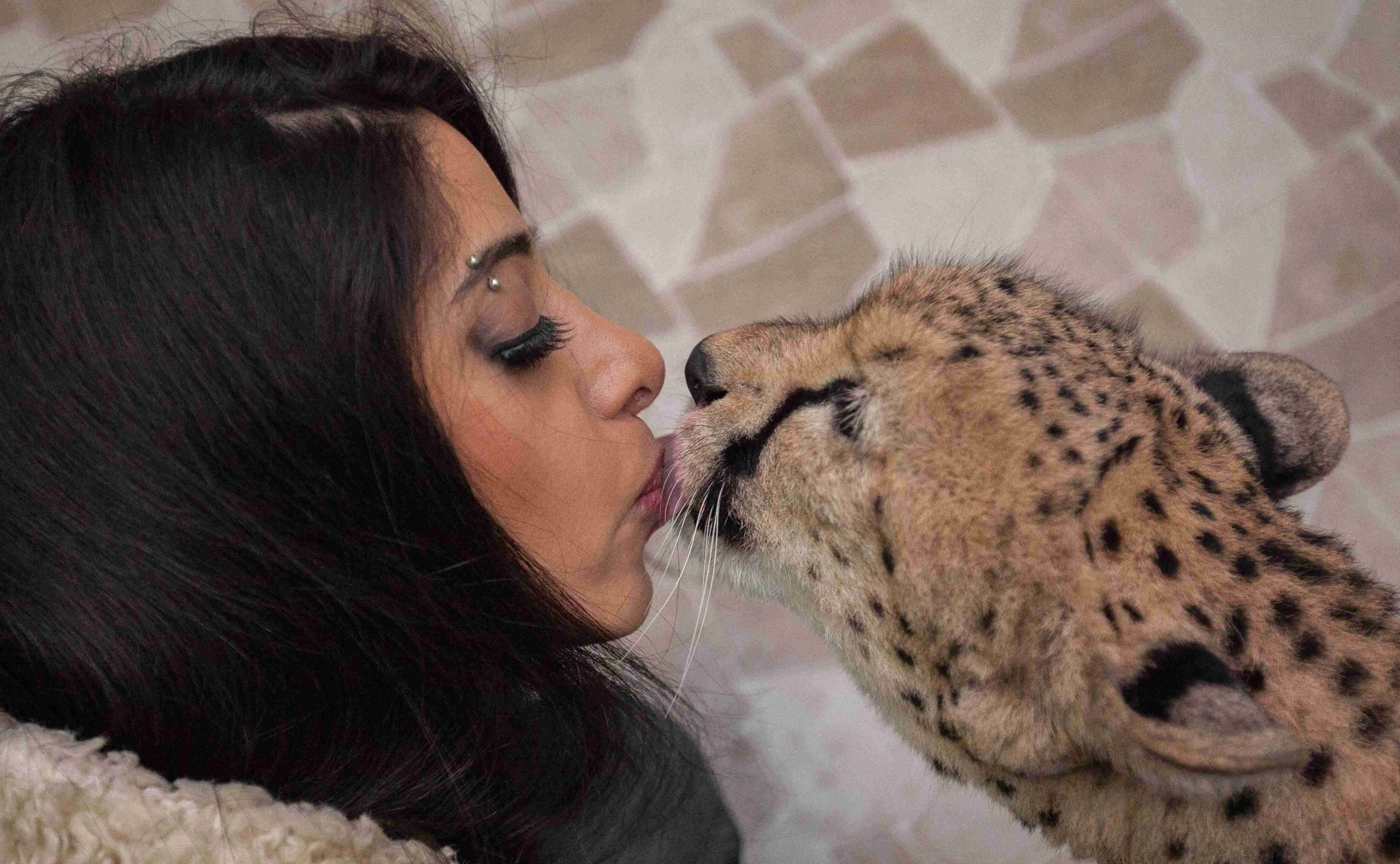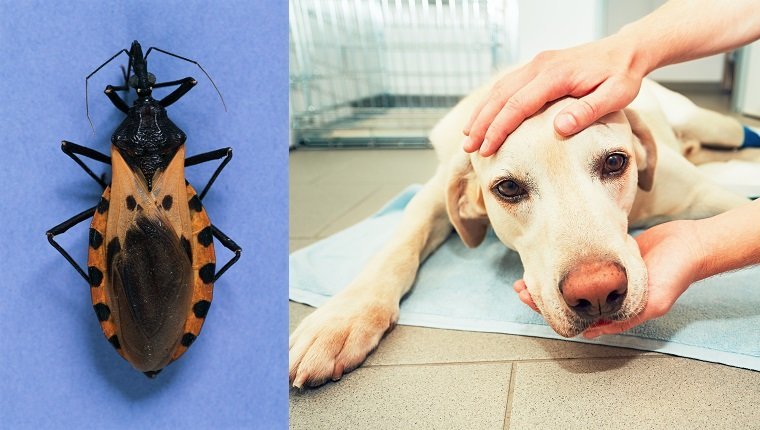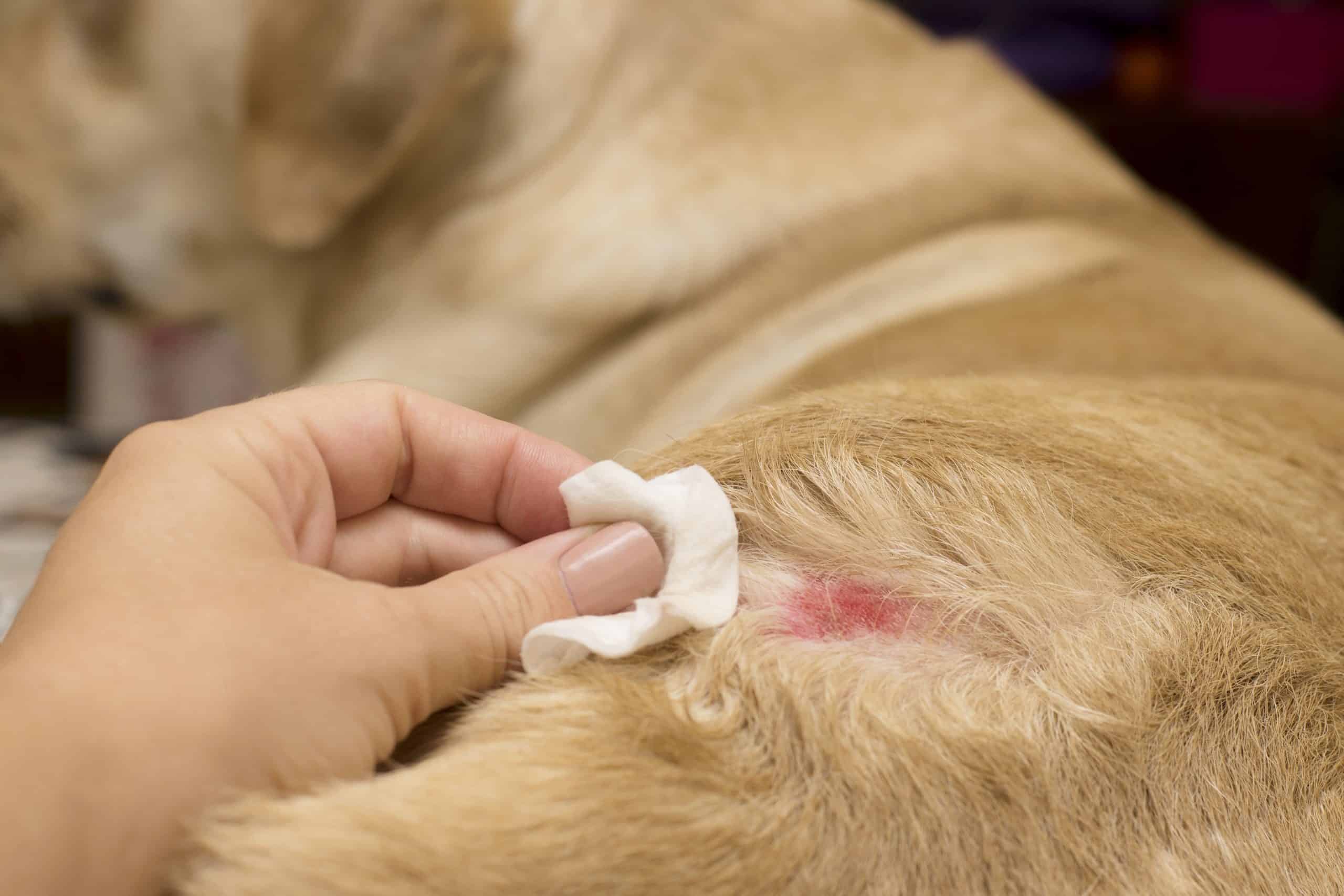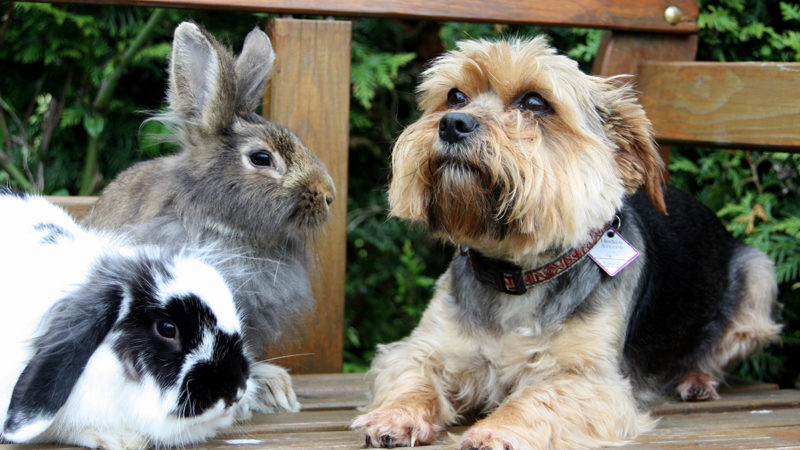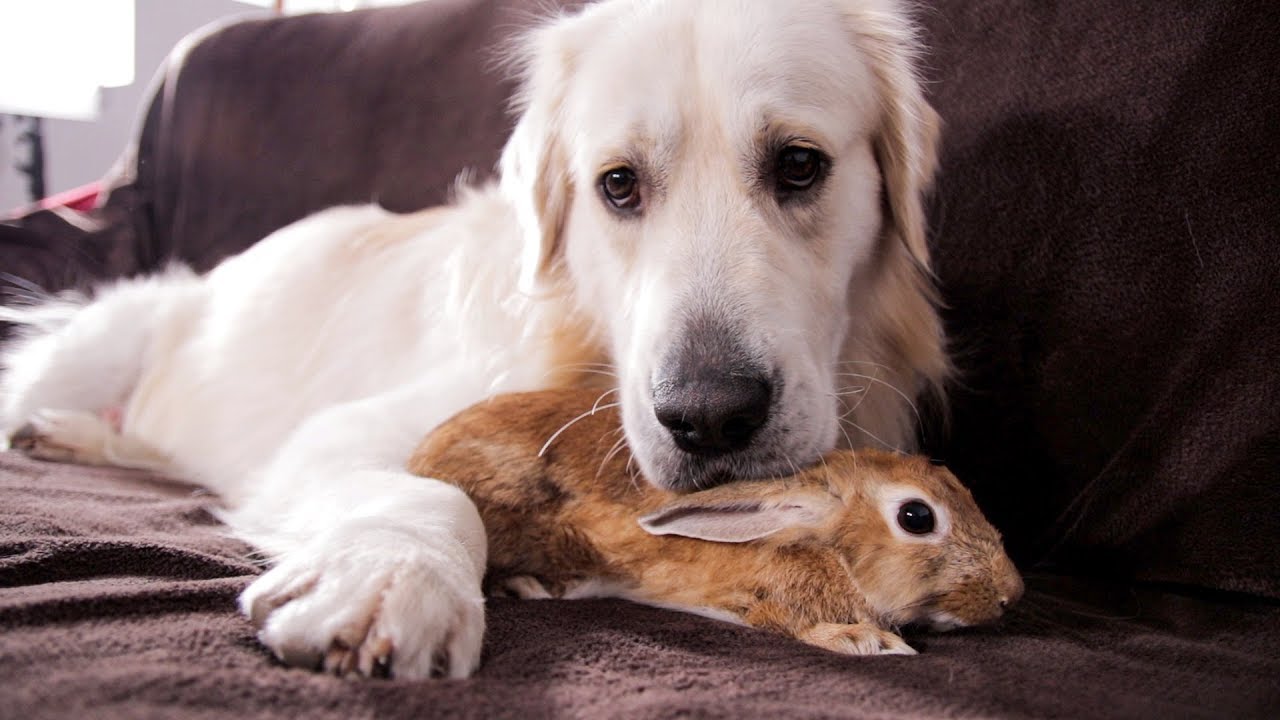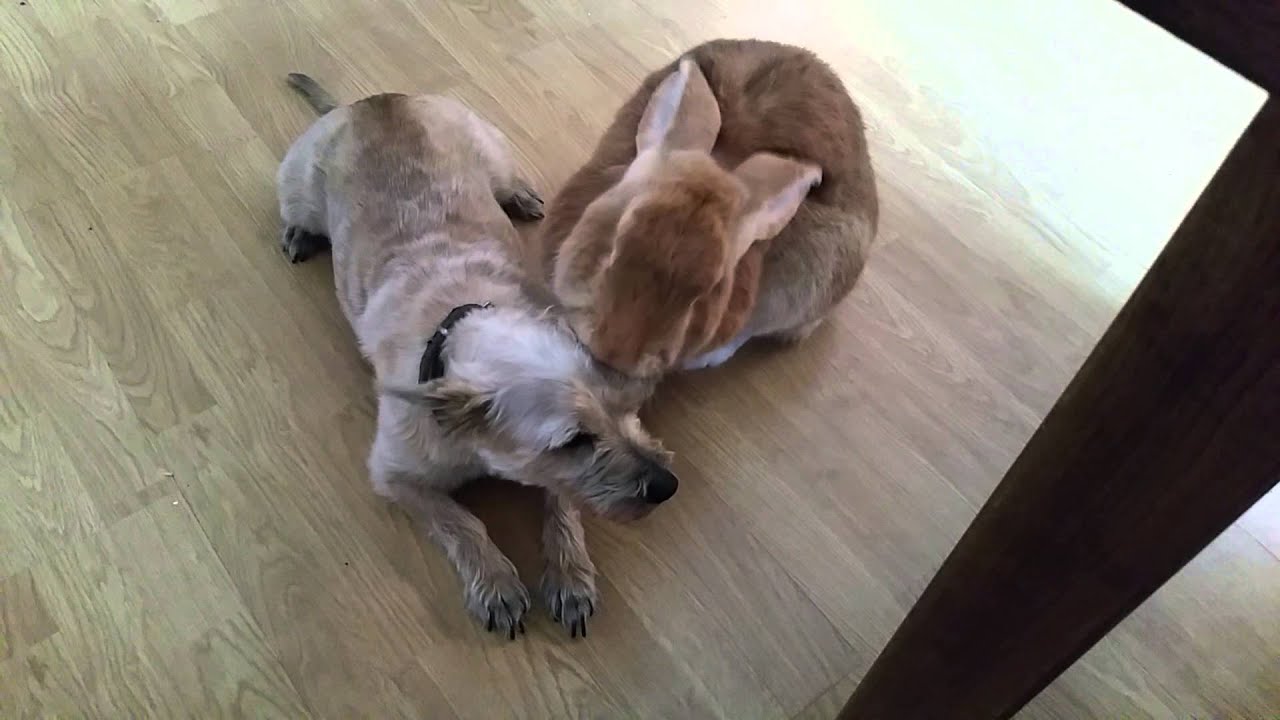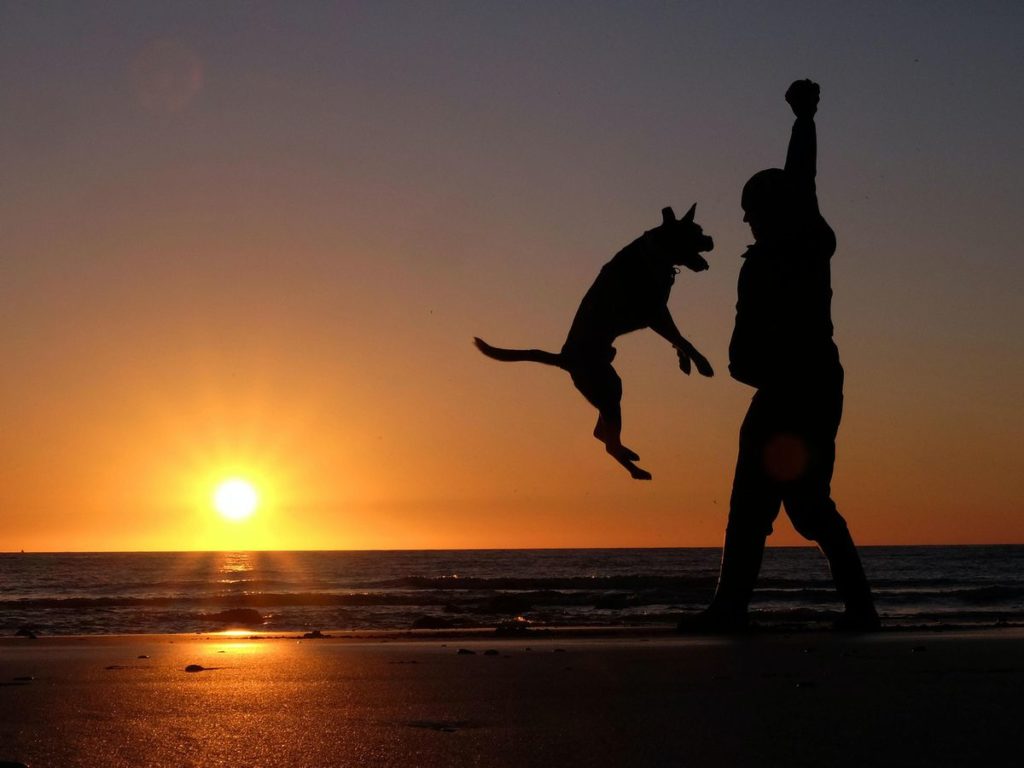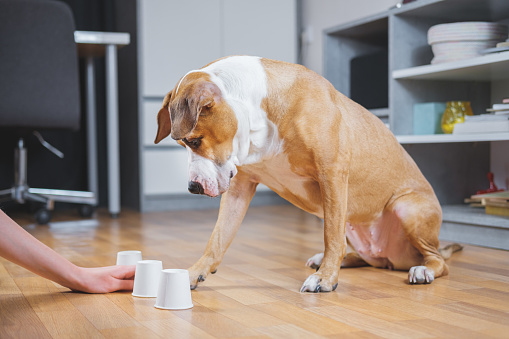Dog’s owner should notice this, it will be a bad idea to leave your Dogs in Car, while you head out to complete your chores. Pets are more susceptible to heat-related illnesses than humans are. And even if it is for a couple of minutes or if they appear to be comfortable with it, you should by all means completely avoid it. You need to understand this situation.

Before leaving your dogs in your car; Dogs In Car and be going around with your normal business why not consider the following:
Increase Temperature
Dogs love going out with their owner for a drive, however, leaving your pet in the car; Dogs in Car when you run around for your business is not safe. You may think it’s okay to leave your pet in the car when you go about your business, but that is not true. Studies have shown that temperatures inside a car can increase two times faster than outside during extreme heat. Dogs can withstand specific temperatures, but heatstroke is caused.
Extreme temperature causes failure in dogs’ organs. According to the technical experts at AutoVantage.com, most people don’t realize that their car is made of metal and that metal retains heat. Heatstroke in dogs is a serious issue that needs to be addressed. In fact, this one condition alone comprises the leading cause of death of dogs left in hot cars. Sadly, it takes very little time for an anxious dog to develop symptoms then ultimately succumb to heatstroke.
Body Temperature Regulation
Some people believe that leaving the window open helps with ventilation. While this may be true for humans, it doesn’t apply to animals. A dog’s body can’t regulate its temperature as efficiently as ours, so leaving a window open will only make them more uncomfortable and anxious. But our dogs can’t regulate their body temperature as we can.
To try to get rid of some of the heat they’ve retained, they pant. They don’t have sweat glands, so panting is all they can do. But frequent panting increases heart rate and leads to dehydration when Dogs in Car.
When a pet is suffering from heatstroke, their breathing becomes much labored and they often begin to pant heavily. An anxious dog will become more anxious, which causes his heart rate to rise even further. When anxiety turns into panic, the symptoms of heatstroke are greatly exacerbated and can turn deadly in a matter of minutes.
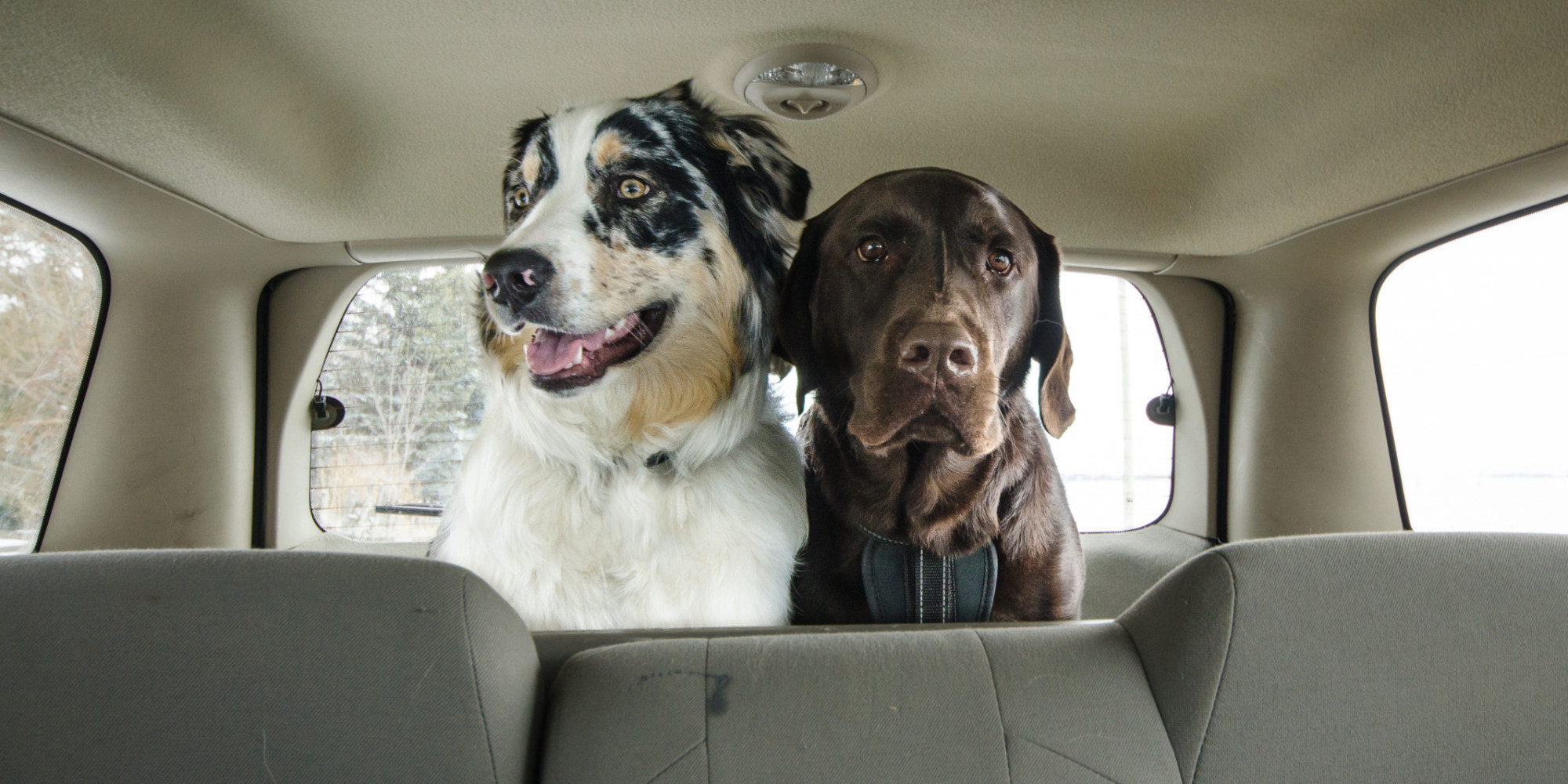
Dog owners who leave their windows open pose another safety risk. When the temperature is hot and your dog cannot regulate its own temperature while Dogs in Car, it may try to escape. While panicking, your dog might bolt out of the window and be hit by oncoming traffic. A tragedy like this could happen if you leave your windows open while leaving your dog home alone in the summer.
Symptoms of heatstroke in dogs include panting, breathing difficulty, vocalization, disorientation, and fatigue. If not treated immediately, the condition will progress to its final stages.
Heatstroke can be treated, but it is usually administered too late to be effective. The best approach is prevention.
Never leave dogs in vehicles; Dogs in Car. Leaving them in hot cars is dangerous and could lead to their death. Prevention is key: we can avoid this situation if we do not bring our pets with us when we need to run errands that take a short amount of time. There is no cure for heatstroke, so there is nothing we can do once your dog has died from heatstroke no remedy.
Aside from the fact that it is dangerous for both pets and owners due to heatstroke, it is also illegal. Pet owners will be fined heavily for animal cruelty and neglect.

